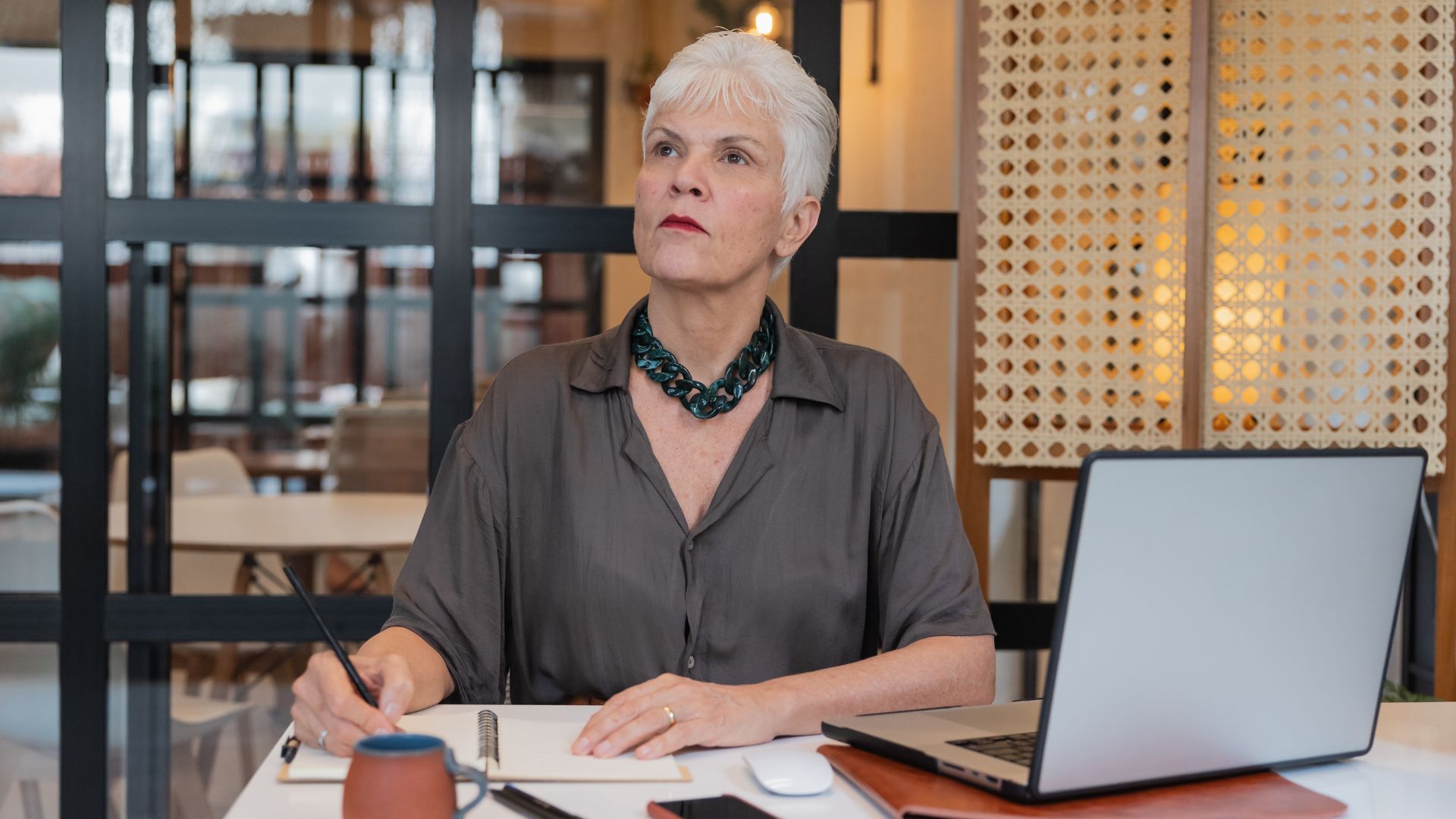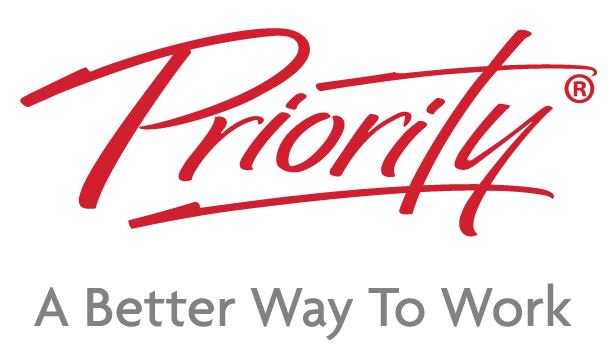Emotional energy refers to the feeling or sensation, as well as the physiological reaction, associated with a specific emotion. Emotional energy is not inherently good or bad, it’s our response and context that give it a positive or negative tone. It’s the fuel for us to feel and experience emotional responses, such as elation, excitement, contentment, as well as fear, stress, and worry.
Like the physical energy that helps us get through our day, emotional energy is not infinite. Just as we monitor and allocate physical energy towards certain tasks (like going to the gym or doing the housework), we can also track the way we use our emotional energy so that we don’t overextend.
This is why tracking energy trends is so important. By taking a deeper look at the emotional impact life has on our nervous system, we can find strategies to enforce emotional boundaries and achieve emotional balance, which will contribute to our overall well-being.
What Are Emotional Energy Trends?
Emotional energy trends are the ways in which emotional energy gets spent. Every emotion we experience draws on our emotional energy, and the stronger the feeling, the more energy is used.
Emotional energy differs from physical energy, but the overuse of emotional energy can still have an impact on our physical well-being. Take chronic stress, for example, and the fatigue, headaches, mood swings, and muscle pain that can arise without proper stress management.
Like our physical energy levels, we can also have emotional energy peaks and dips. During a peak we may feel more goodwill and patience, but during dips, we can feel tired, frustrated, and lack patience with things that ordinarily would not bother us.
 Your emotional energy type can also affect the way you experience the world. There are two key types: “Velcro” and “wax paper”. Velcro types tend to hold onto emotions more than necessary, refusing or unable to let strong feelings go, causing excessive worry, mental strain, and fatigue. “Wax paper” types have the self-awareness to allow other people’s emotions to slide off them and remain unaffected.
Your emotional energy type can also affect the way you experience the world. There are two key types: “Velcro” and “wax paper”. Velcro types tend to hold onto emotions more than necessary, refusing or unable to let strong feelings go, causing excessive worry, mental strain, and fatigue. “Wax paper” types have the self-awareness to allow other people’s emotions to slide off them and remain unaffected.
Why Understanding Your Emotional Energy Matters
Understanding your emotional energy and how you use it is the key to understanding your own mind. Emotional energy can have far-reaching impacts on productivity, relationships, and mental health, and your overall experience of life. We need to manage our emotional energy with the same self-awareness that we do our physical energy.
We would not overcommit our physical self (such as going to work, to the gym, going grocery shopping, cleaning the house, and working on some DIY all in one day), so why should we overcommit emotionally? Realising our emotional trends and limits and working to live within those limits helps to prevent burnout and decision fatigue.
Common Patterns of Emotional Energy
Most people can identify whether they are a “morning person” or an “evening person”, but we also experience emotional energy fluctuations throughout the day. Some people might be more focused in the morning but still have plenty of energy in the afternoon for more mundane automatic tasks. Some people might experience their highest levels of creative energy at night, but unfocused and drained in the mornings.
Everyone is different, so the only real way to optimise your own emotional energy fluctuations is to take note throughout the day of how you feel and of what you feel most capable of doing at different times. This includes the things in your life that drain your energy. It is important to note that an emotional drain is not automatically a negative thing, just as a physical energy drain, such as going for a run, is not a negative. Energy drains are simply the way we choose to spend our allotted energy.
Consider your work-related energy drains and how they are different from your social drains. At work, do your duties change on different days of the week and do some require more energy than others? In your social sphere, do some people take up more energy to be around?
The strength of what we feel also determines our energy drain. Stronger emotions use more energy, and this occurs on both sides of the spectrum. Joy is powerful but so is anxiety and frustration!
How to Track Your Emotional Energy Trends
Tracking your emotional energy is the first step to discovering more about yourself, including your core values and whether you need to enforce any emotional boundaries for your own well-being. Understanding your personality comes with its challenges, but being conscious of who you are as a person is an essential ability, one that can effectively influence your creativity, help you express in a productive manner, and give you the power to explore how you react in difficult moments.
It can be hard to imagine, and this is not meant to overwhelm, but the simple process of tracking your emotional energy expenditure can literally change your life. One simple action can have a massive ripple effect by improving our health, increasing our success in business or the work environment, and making us more resilient and able to respond to difficult moments or life’s challenges.
There are several tools we can use to develop an understanding of how we react in our interactions with different people, whether that is in business, in our personal life, or the wider community and society at large. Journaling is a great way to get in touch with your mind and how your body reacts to emotion, allowing you to get an overall sense of where your energy is going.
 Tracking apps are also a popular option and a digital form of journaling, with some apps prompting you to rate your emotions. This can be used for discovering trends, especially if you add to it throughout the day, rather than try to remember your entire day at bedtime. It is important to revisit what you have written, however. Conduct daily or weekly reviews and remember to treat yourself with compassion as you unlock trends and patterns in your emotional experience.
Tracking apps are also a popular option and a digital form of journaling, with some apps prompting you to rate your emotions. This can be used for discovering trends, especially if you add to it throughout the day, rather than try to remember your entire day at bedtime. It is important to revisit what you have written, however. Conduct daily or weekly reviews and remember to treat yourself with compassion as you unlock trends and patterns in your emotional experience.
Identifying Your Energy Drainers and Boosters
By tracking your emotional energy trends, you can start to unearth where your emotional energy is being directed. From there, you can determine what is worth the emotional labour and, on the flip side, identify what might no longer be serving you. You can do this by dividing the events of your week into energy drainers and energy boosters.
Energy drainers are a natural part of life—while we can’t avoid them entirely, we can take steps to reduce their impact where possible. Examples of common drainers can include conflict (at home or at work), overstimulation (in our professional world or when out in society), or decision fatigue, which occurs when we have too much on our plate to be able to take a step back and breathe. It is important to reduce them as much as is reasonable, but remember, some challenges teach us resilience too!
After facing energy drainers, we need energy boosters to restore our internal balance. Some common boosters include spending time in nature (going for a hike or swim, gardening, or spending time in a park), laughter (watching comedy or being around positive friends), or spending time doing creative work, which can include arts and crafts, writing stories or poetry, or designing or building something.
Create a personalised list of the energy drainers you encounter throughout the week, then create a second list of all the energy boosters that you enjoy doing, as well as scheduling time to do them.
Turning Awareness into Action
Now that we know how our emotional energy is being used, and some ways we can boost it to recover, it is time to act. First, identify your periods of highest and lowest energy, both throughout the day and during the week and adjust your schedule based on your available emotional energy stores. Prioritise mentally taxing tasks for when you are most focused and save routine tasks like cleaning the house or paying the bills for when your focus is low.
If you find other’s emotions are impacting on you, whether that is one person or a small group, set boundaries and build routines at work that make it easier to interact with others.
If you are a manager, share this concept with your staff to foster focus and emotional awareness, improving the employee experience and creating a positive and health-focused environment. Take the lead and encourage your team to understand the process of identifying their emotional energy drains and boosts and how that can help them become a more effective worker.
Partner With the Emotional Energy Experts
If you would like to explore the concept of emotional energy at work (or even outside it) more closely, Priority Management is here to help. We’re your trusted leaders in workspace solutions. Our Energy Management course is designed to help implement evidence-based strategies to increase your energy levels to help you thrive.
Get in touch with the expert team at Priority Management today for more information about how our courses can help you regain control over your energy and thus improve your general well-being. Don’t let your emotional energy be drained unnecessarily and use science-backed techniques to optimise your schedule and output to live a happier, more productive, and better-balanced life.
